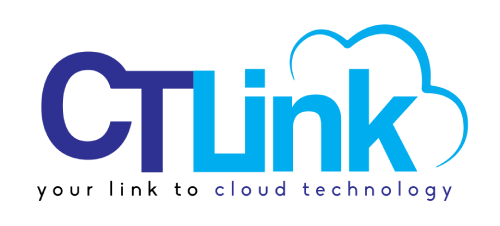Cloud computing has grown rapidly in recent years, with more and more organizations recognizing the benefits of migrating their workloads to the cloud. The driving factors that businesses have noticed, fall under three emerging trends in cloud computing. Specifically, the drive to save on costs, provide better security and compliance, and the flexibility a multi-cloud environment can provide.
Trend 1: Increased Focus on Cost Savings
One of the primary motivators for organizations when considering migrating to the cloud is its cost efficiency. The cloud can offer a more flexible and scalable model for computing resources. This allows businesses the freedom to only pay for what they use. This can result in significant cost savings compared to traditional on-premise infrastructure.
In addition, the cloud also offers the ability to reduce operational costs by automating many manual processes. This can free up your IT resources and their time to focus on other tasks, increasing their efficiency.
Trend 2: Improved Security and Compliance
Another important trend in cloud adoption is the focus on improving security and compliance. The initial concern of many businesses is about the security of their data and applications in the cloud. However, the reality is that the cloud can often offer a more secure environment than traditional on-premise infrastructure.
Cloud providers such as Microsoft Azure have invested heavily in security and compliance. They usually offer a wide range of tools and services to help organizations meet their security and compliance requirements. These investments into security and compliance would usually be out of reach for most businesses. In addition, the cloud offers the ability to implement security and compliance policies at scale, which can be a challenge with on-premise infrastructure.
Trend 3: Embracing Hybrid and Multicloud Strategies
The third trend in cloud adoption is the growth in adoption of hybrid and multi-cloud strategies. Many businesses are recognizing the benefits of using multiple cloud providers. This is because businesses have their own unique requirement that a multi-cloud environment can solve while avoiding being locked-in a single vendor.
For example, an organization may use one cloud provider for their development and testing environments and another for their production environment. This allows the organization to take advantage of the strengths of each provider, while still maintaining a level of control and flexibility.
Summary
The cloud computing industry is rapidly evolving. Businesses are seeing the benefits of the cloud due to the 3 trends above. By taking advantage of the cost savings, improved security and compliance, and the ability to embrace hybrid and multi-cloud strategies, organizations can gain a competitive advantage and position themselves for long-term success.
To learn more about the cloud and how it can benefit your business, you can contact us at marketing@ctlink.com.ph to schedule a consultation today!


One Response